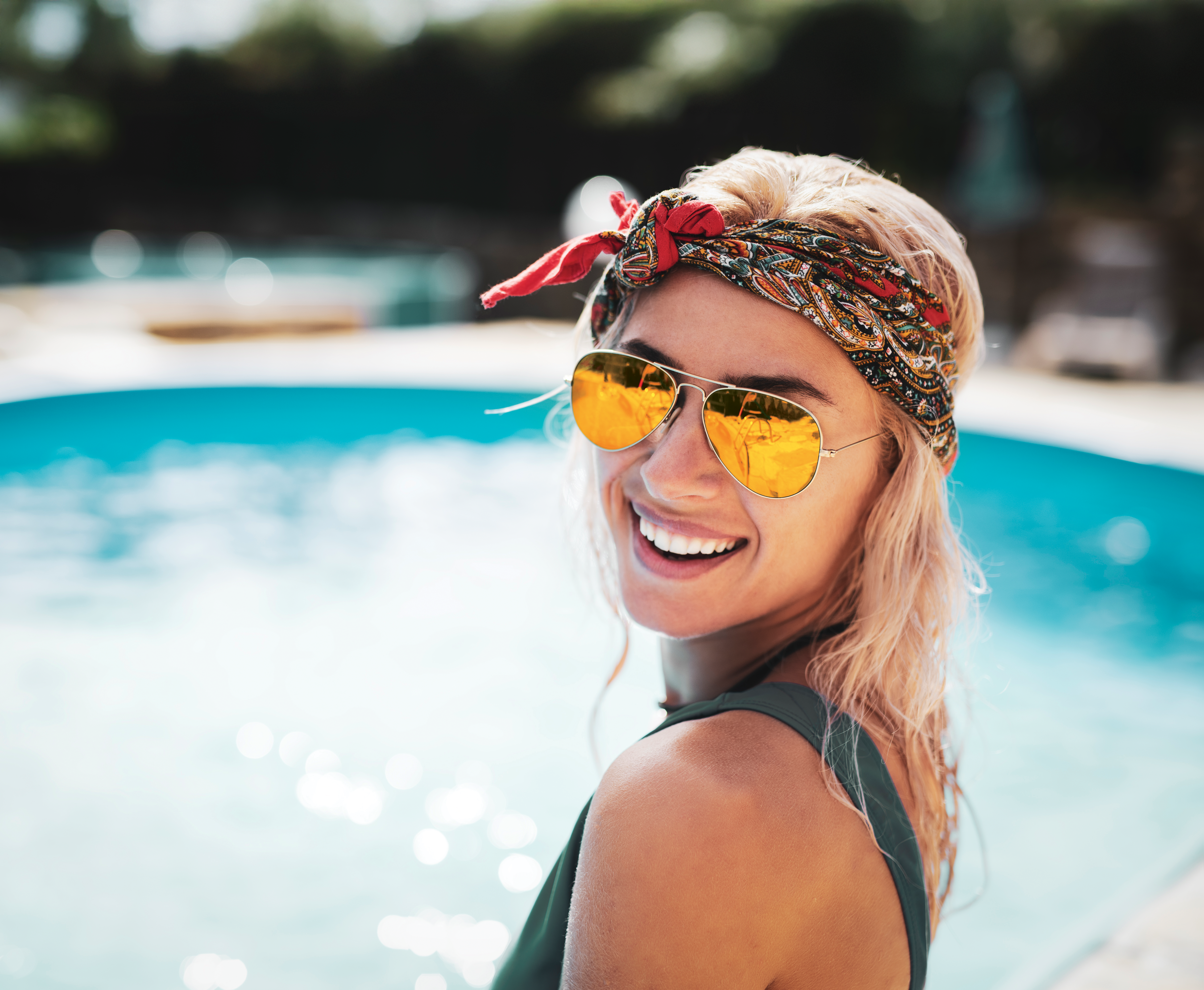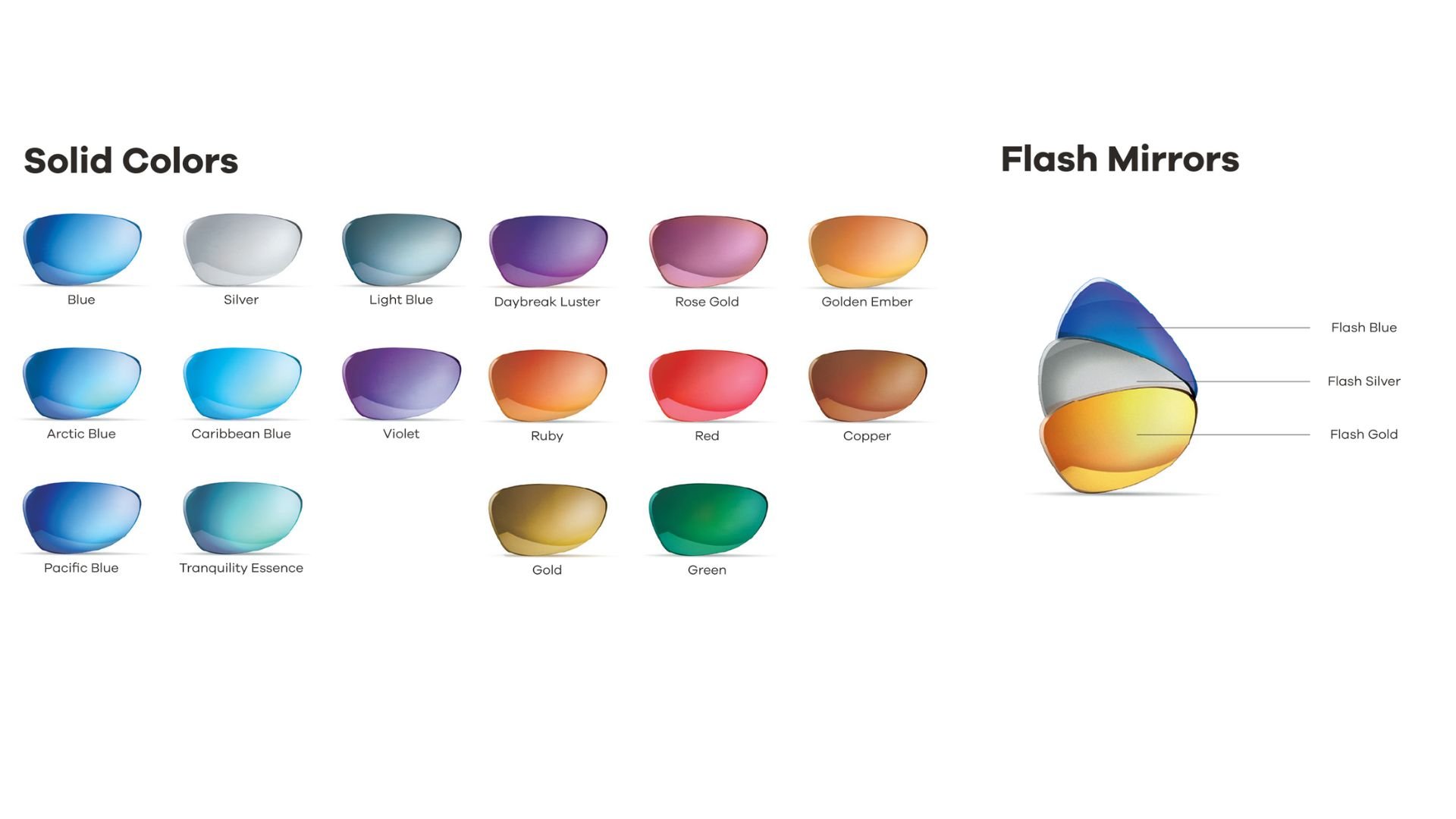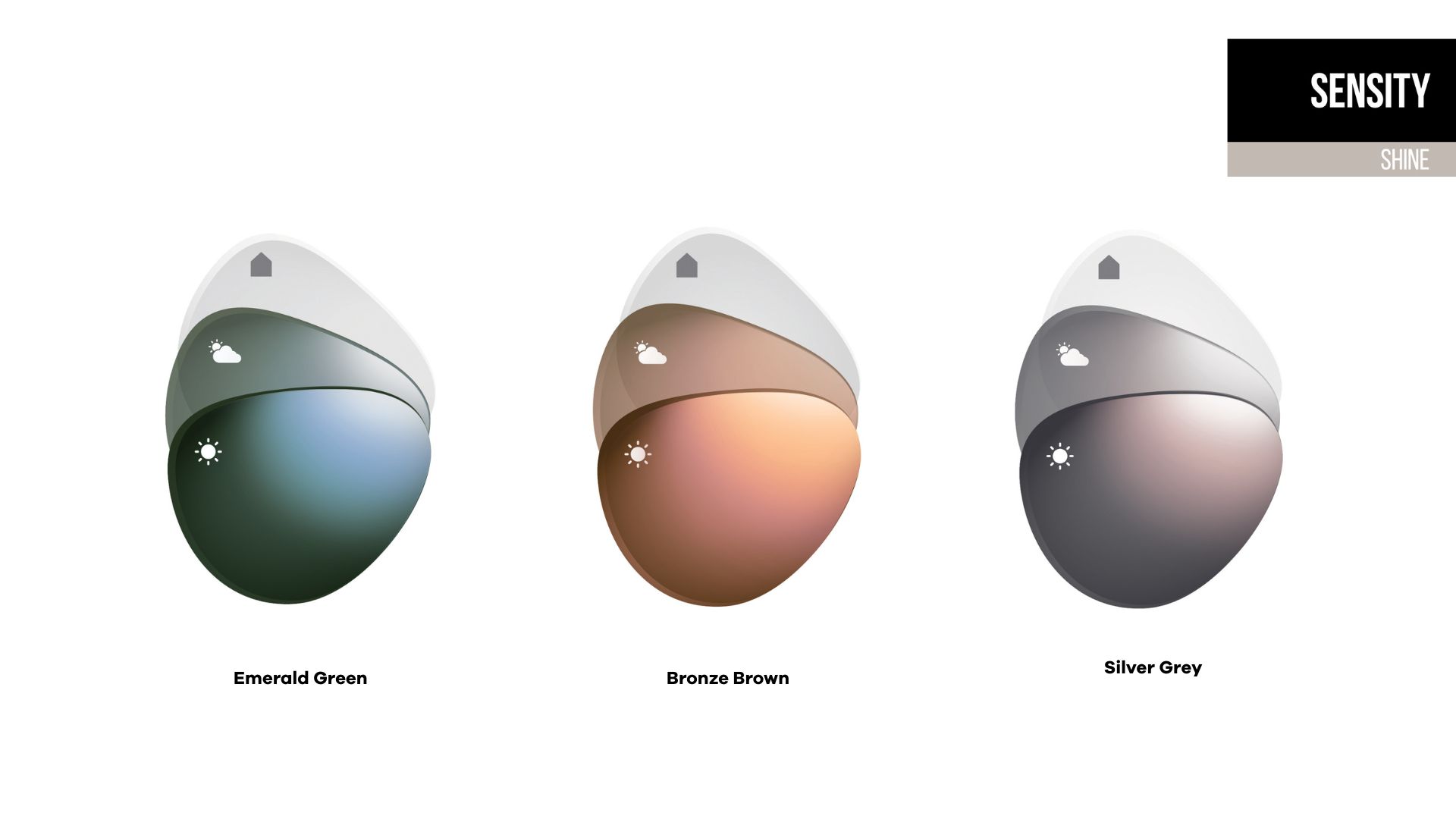Given certain misconceptions around – and resistance to – prescription sunwear, it’s important to convey the advantages of prescription sunglasses to your patients.
The six most common objections to prescription sunglasses:
- Cost: The extra expense of a second pair of glasses may cause hesitation. Overcoming objections to Rx sunwear is simple when you reframe the value for the patient. A $400 pair worn for two years costs just 55 cents a day, which is an affordable investment in eye health and comfort.
- Luxury: Patients may see Rx sunwear as a luxury. However, many who “treat themselves” to prescription sunglasses ask their ECP, “Why didn’t you recommend this sooner?”
- Style: Patients may perceive the style of regular sunglasses as more fashionable than prescription sunglasses. This is why it’s again important to emphasize that patients can choose any frame style for their prescription lenses, and not just more expensive designer options (keeping in mind that larger frames offer added skin protection).
- Inconvenience: Carrying two pairs of glasses and switching them may be a hassle.
- Prescription changes: Patients may be hesitant to invest in prescription sunglasses if they have a rapidly changing prescription.
- Limited use: Patients likely spend more time inside than outside. So, they may be reluctant to buy a separate pair of glasses.
- Forgetfulness: Some patients may worry that they may not remember to bring their prescription sunglasses with them when they need them.
Sunglasses are a staple accessory for most people, especially during the summer months. Not only do they protect our eyes from the bright sunlight, but they also add a stylish touch.
However, if your patients wear prescription eyeglasses, regular sunglasses do not correct vision problems, which can be a safety issue when driving or engaging in other activities that require clear vision.
This is where prescription sunglasses come in. They combine the benefits of regular sunglasses with the vision correction of prescription eyeglasses, making them an essential accessory for anyone with a vision problem. And as for patients concerned about style, they may not be aware of the advances in photochromic lenses, which is a solution you might also choose to introduce to them. In this blog post, we will explore the benefits and variety of HOYA’s prescription sunwear products to enable you as an eye care practitioner (ECP) to explain to your patients why a multi-pair solution is worth the investment.
Need a little help starting the conversation? Here’s how to communicate the value of prescription sunwear to your patients.




